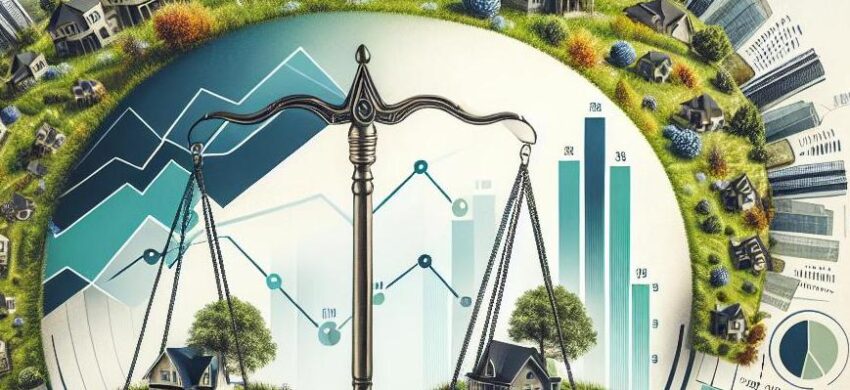Market Dynamics
Market dynamics refer to the forces that impact the supply and demand of real estate properties. These forces include economic conditions, government policies, and demographic changes, among others. Understanding market dynamics is crucial for appraisers as it helps them assess the current market conditions and predict future trends.
Economic conditions such as interest rates, inflation, and employment levels play a significant role in shaping the real estate market. For example, low-interest rates can stimulate demand for real estate by making borrowing more affordable, while high-interest rates can have the opposite effect. Similarly, inflation can erode purchasing power, affecting both buyers’ and sellers’ behaviors.
Government policies, including zoning laws, tax incentives, and subsidies, also influence market dynamics. These policies can either encourage or hinder real estate development and transactions. For instance, tax incentives for homebuyers can boost demand, while stringent zoning laws might limit supply.
Demographic changes, such as population growth, migration patterns, and changing household structures, are another critical factor. An increasing population typically drives up demand for housing, while migration patterns can shift demand from one area to another. Additionally, changes in household structures, like the rise of single-person households or multigenerational living, can affect the types of properties in demand.
Technological advancements are also reshaping market dynamics. Innovations in construction techniques, property management, and real estate transactions can lead to more efficient markets and influence supply and demand. For example, the advent of online property listings and virtual tours has made it easier for buyers to find properties, potentially increasing demand.
In conclusion, appraisers must stay informed about various market dynamics to provide accurate and relevant property valuations. By understanding the interplay of economic conditions, government policies, demographic changes, and technological advancements, appraisers can better anticipate market trends and make informed appraisal decisions.
 |
 |


